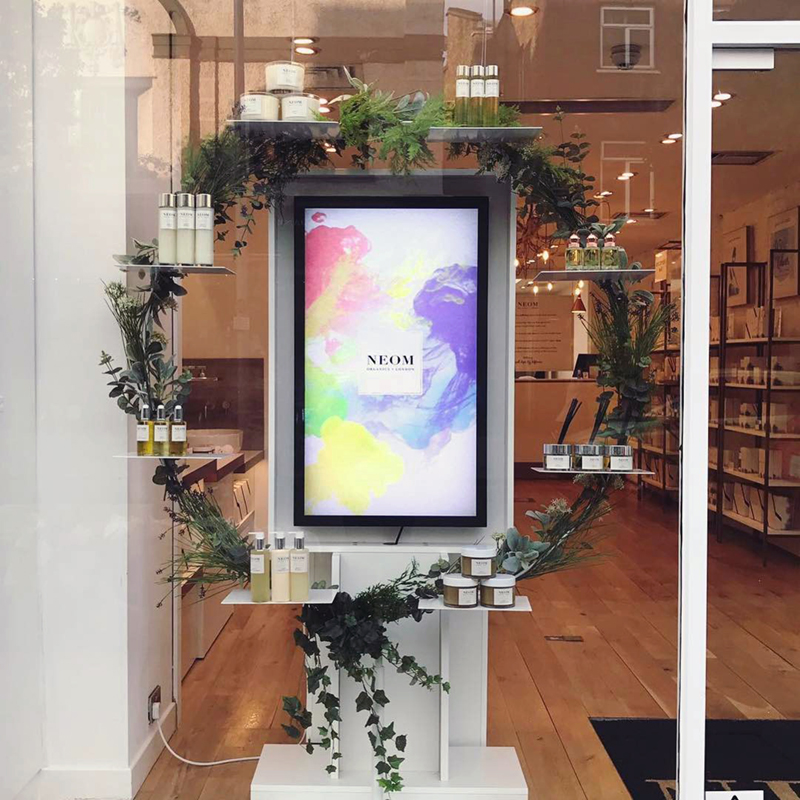The market for digital signage powered by LED screens is expected to reach over £23bn globally by the year 2026, nearly double the market size seen a decade before.
In a report published by Allied Market Research, the major factors driving this increase are the improved interactive customer experience that a digital sign provides, the versatility in the types of marketing and content that can be provided as well as more inexpensive high-resolution displays.
Digital signage has evolved dramatically as a medium, initially taking the form of somewhat limited but robust and versatile dot matrix displays, before gradually increasing in visual fidelity, multimedia capability, and general sophistication.
One of the biggest steps in this regard is a move towards more standardised content management systems, which could be managed remotely by people who did not necessarily have to be electrical engineers or have the ability to code.
This allowed for video, text and images to be added easily to a digital sign and provide regularly updated advertising that was easier to change than a billboard.
Eventually, more advanced content management systems were developed that also included widgets and more advanced layouts, allowing for multiple multimedia elements to appear on the same screen at the same time, some of which would use real-time data and update on a minute-by-minute basis.
For example, many airports and train stations have a screen that displays a rolling news channel, alongside text information, a clock, an information ticker and other information that customers and travellers may need to know.
The most recent digital signage innovations have allowed for more direct interactivity, primarily through the use of touch screens, which has given digital signage technology entirely new usages.
Digital signage is the basis of many interactive kiosks, which allow customers to scroll through products, interact with advertising, pay or submit information easily.
As well as this, digital signage has been connected to hand sanitiser stations that can be used either to display advertising or advice, a new generation of photo booths that can take pictures and connect to a user’s social media account to share it, and even interact with the physical space around an advert using augmented reality.
As the demand for current ultra high definition displays and emerging technologies optimise energy efficiency and picture quality, digital signage may be in a position to completely take over from traditional billboards.

